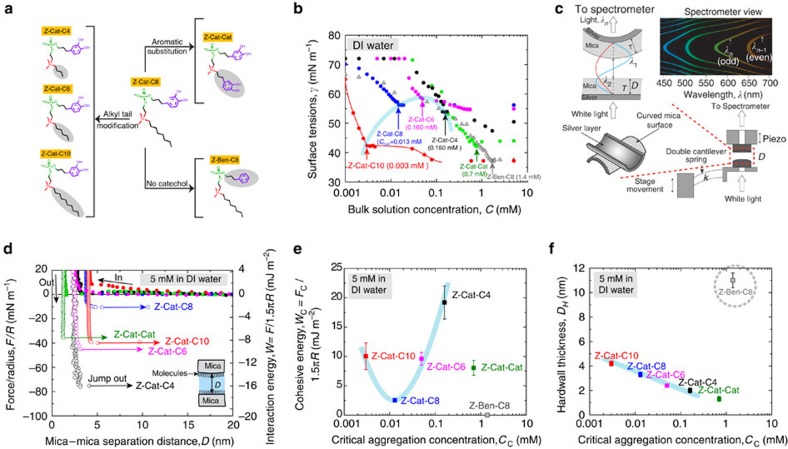Figure 2. Aggregation and surface physics behaviour of mfp-mimetic zwitterions.
(a) Summary of the engineered homologues. Features varied include alkyl chain length, aromatic substitution, with/without catechol. (b) CAC of each homologue is deduced from the final inflection point in the plot of log concentration versus surface tension as measured by the Wilhelmy plate technique. (c) Schematic of the multiple beam interferometry (MBI: the distance between the surfaces, shape of the interface and the refractive index of the media between the surfaces can be accurately determined by MBI technique) technique used in the SFA, showing the fringes of equal chromatic order used to measure the hard-wall thickness and interfacial energy of interaction between the zwitterionic films (technical details in the Supplementary Methods). (d) Representative force versus distance plots between mica surfaces coated with thin zwitterionic films adsorbed from 5 mM aqueous dispersions of Z-Cat-C10 (red), Z-Cat-C8 (blue), Z-Cat-C6 (pink), Z-Cat-C4 (black) and Z-Cat-Cat (green), respectively. The work of cohesion, Wc (minimum potential well of W versus D, y axis, right), is synonymous with the interaction energy of the zwiterions, and did not change for contact times (tc) ranging from 2 min to 12 h. Surface forces were measured during approach and separation of the surfaces, respectively. (e) Plot of the homologue interaction energies versus CAC. (f) Plot of the homologue hard-wall thickness versus CAC. Trend dashed lines (light blue) were added as a visual aid in e and f. The error bars indicate s.d.'s (n=5, independent experiments). DI, deionized.

